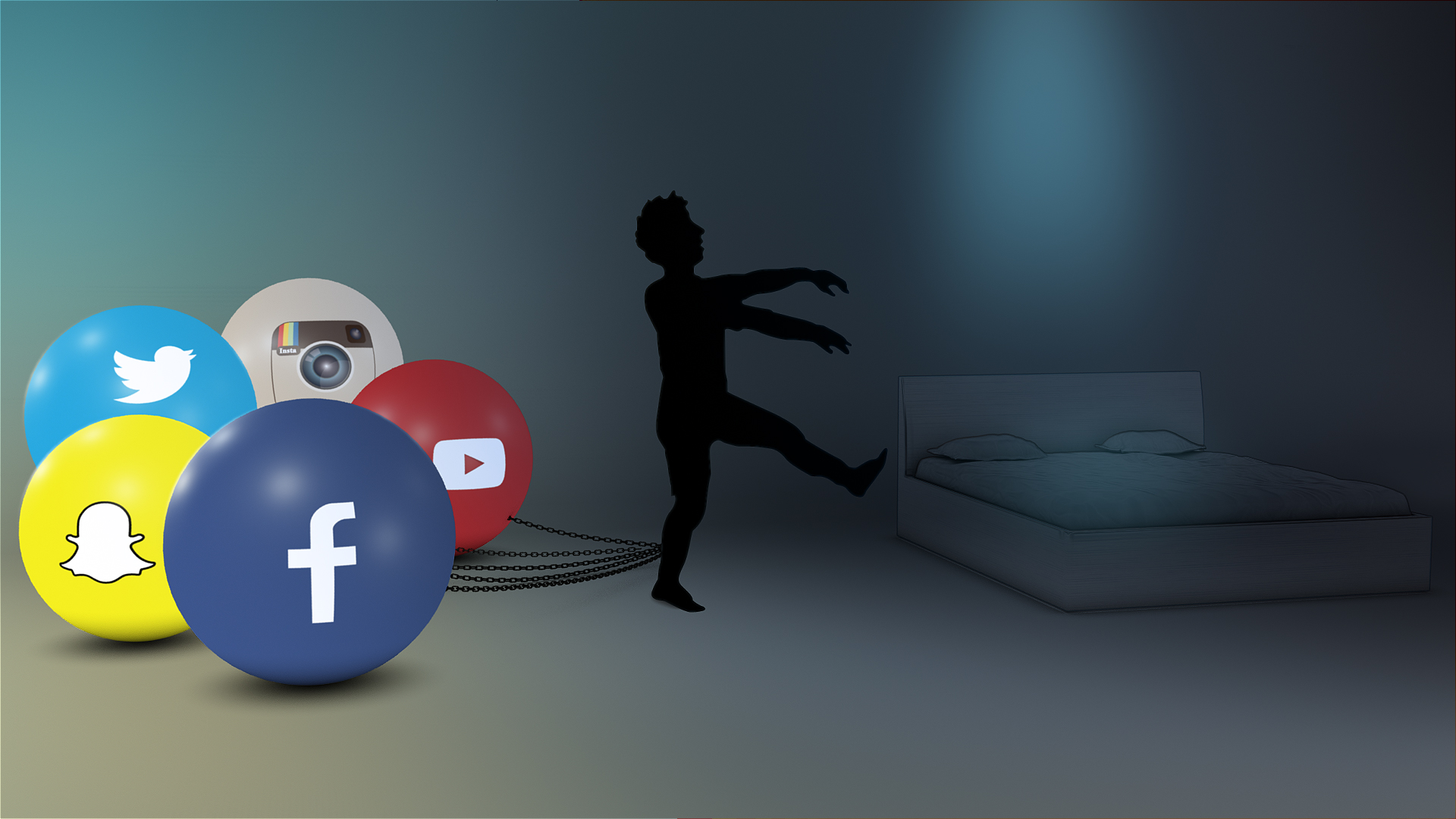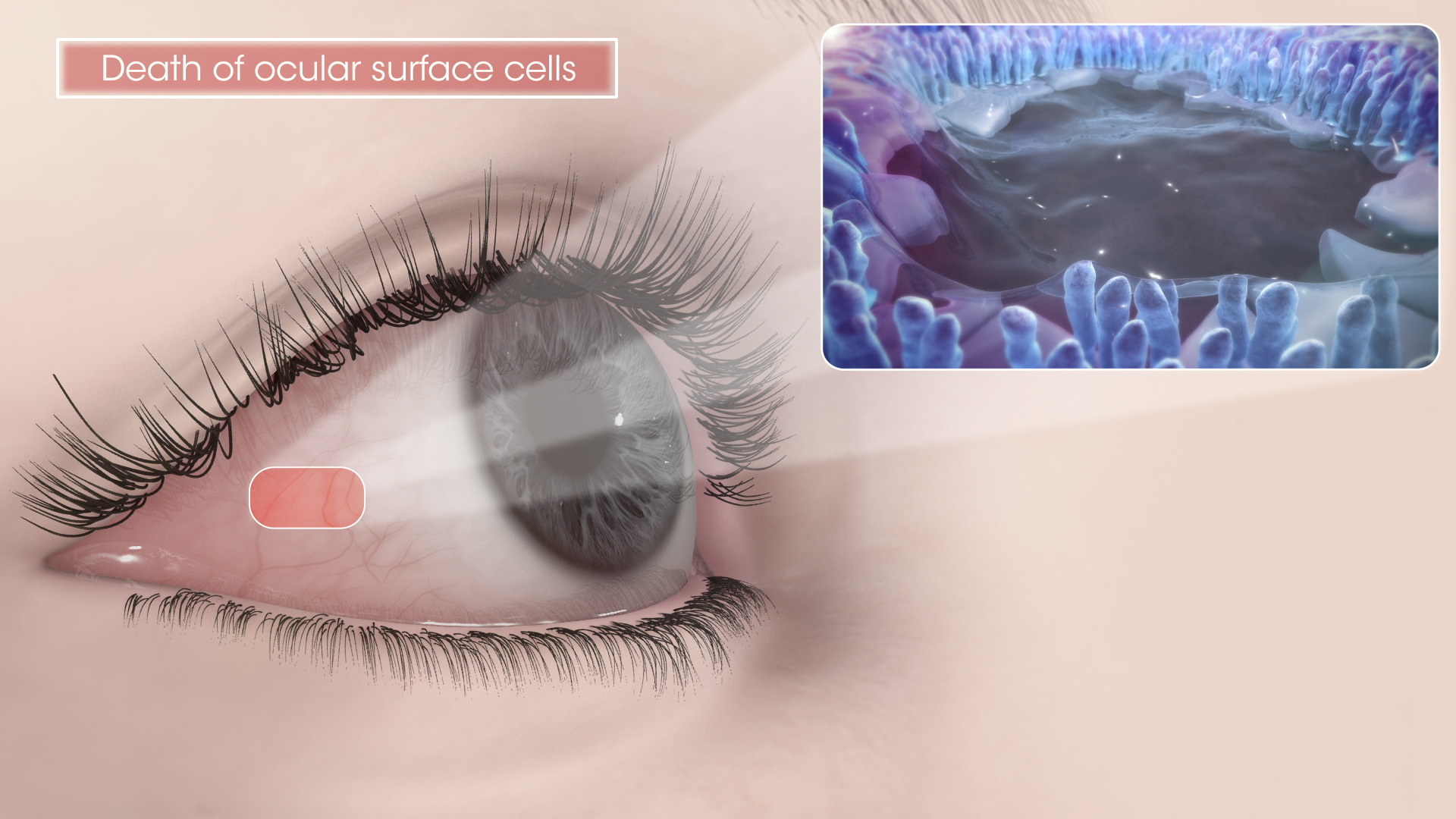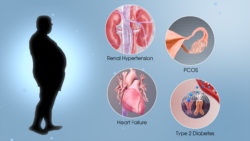Familiar with the groggy feeling that comes after staying up too late?
Scientists at UCLA know why:
The brain’s neurons fire with less power when we are sleep deprived.

Your sleep-wake cycle is governed by melatonin, a hormone that tells the body that it is night, helping to make you sleepy. If you delay that signal, you could delay sleep. And if you do that for many years, it disrupts the circadian system, often accompanied by serious health consequences.
Here’s why our moms were right all the while: The Science
Our eyes cannot differentiate between the natural daylight and the light emitted from digital device screens. So when you stare at your phone screen while at night, the visible light in the blue range affects melatonin secretion, leading to the above effect.
Moreover, when you’re lying on your side, one eye receives light at a higher intensity than the other (which is masked by the pillow). This “differential bleaching” of the light-sensitive pigments in that eye makes it less sensitive to regular light than the other eye. In other words, the eye that is exposed to more light feels temporarily blind later because the viewing eye becomes light-adapted while the partially covered eye becomes dark-adapted.
But the harmful effect of of blue light on our eyes is not limited to just temporary blindness.
Digital devices emit high energy visible (HEV) light in the blue region. The flickering of these radiations creates a glare that can reduce visual contrast and affect sharpness and clarity. This causes eye strain, headache and fatigue, which can also trigger serious conditions later in life such as age-related macular degeneration and even blindness.

The constant struggle of the eyes to focus on the pixels leads to tired, burning eyes in children and may cause Computer Vision Syndrome (CVS) in children .
The young eye typically has a keen ability to accommodate and focus on close objects as the lens of the eye is smaller and clearer. Being in its developmental stage, the child's eye allows blue light to penetrate much efficiently and directly into the retina, potentially causing damage.
And, as discussed above, chronic exposure to blue light lowers the melatonin production, thereby interrupting sleep patterns in children who view screens close to bedtime. Sleep deprivation, in the long run, may also dampen their brain activity.
As children are very adaptable, they assume that what they see and how they see is normal, even if their vision is problematic. Parents need to be aware of the fact that a child's underdeveloped visual system cannot handle the stress of a digital device, and must monitor the time their child spends in front of the screen.
Here are simple things that parents can do to save their children from the risk of CVS:
- Encourage your child to follow the 20-20-20 rule, i.e, stand up from your desk every 20 minutes, look into the distance for 20 seconds and blink 20 times.
- Check the ergonomics of the workstation and ensure that the computer workstation is adjusted to the body size of children. The recommended distance between the monitor and the eye for children is 18 to 28 inches. When the child uses a tablet, place a pillow under the forearms to raise the tablet to the appropriate level so the child doesn't have to look down at the screen. This will also relieve some pressure from the wrists, eliminating possible carpal tunnel and tendinitis conditions.
- Change your digital devices' background color from bright white to cool gray to reduce digital eye strain.
- Check the lighting and Also make sure that windows and other light sources are not directly visible when sitting in front of the monitor. Reduce the amount of lighting in the room to match the computer screen.
- Clean your screen regularly. A dust-free, smudge-free screen helps reduce glare.
- Use yellow-tinted lenses that block blue light with wavelengths less than 450 nm (blue-violet light) to increase the contrast and provide comfort to the eyes.

Digital Disruption of Metabolism: How Screens Affect Your Physical Health
Metabolic syndrome is a toxic cocktail of diabetes, obesity and high blood pressure. Prolonged exposure to digital screens and the amount of time spent in front of them cause stress, inflammation, and changes in blood sugar regulation, contributing to risk for metabolic syndrome. Read More..








